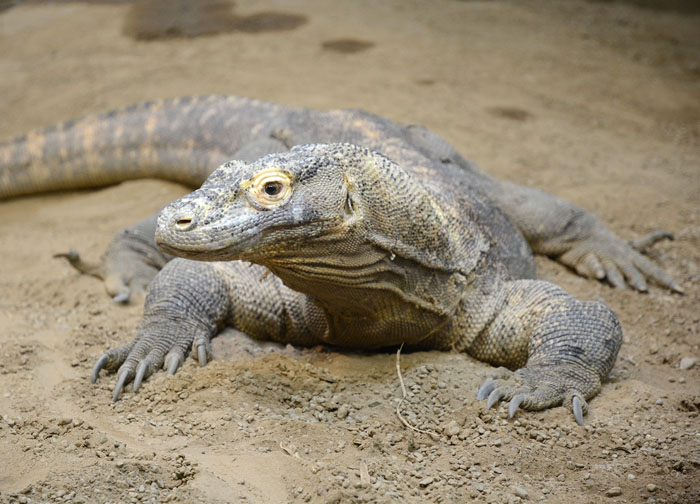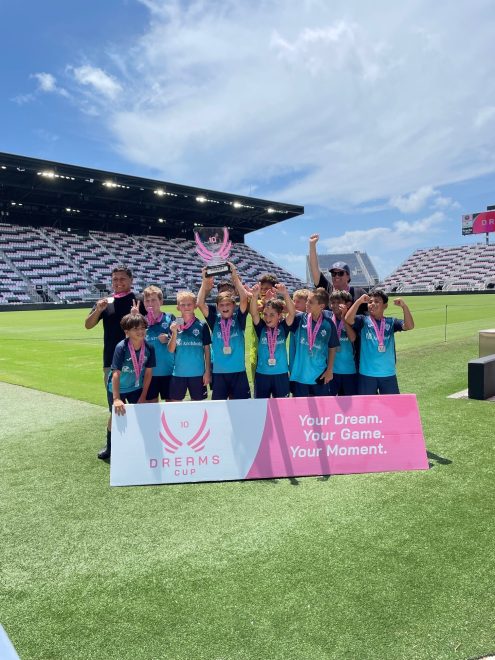Love at first bite?: Komodo dragon breeding can be deadly, expert says
Published 2:00 pm Wednesday, May 11, 2016

- A Komodo Dragon inside the habitat at Reptiland in Pennsylvania.
ALLENWOOD, Pennsylvania — Zoologists hope their matchmaking is a hit when it comes to a pair of Komodo dragons at Clyde Peeling’s Reptiland.
Reptiland is a zoo, specializing in reptiles and amphibians, located in central Pennsylvania for the past 50 years.
Reptiland worked with zoos in Ohio and Texas to exchange male Komodos in hopes of breeding the lizards that are critically endangered, according to operations manager Chad Peeling, a member of a steering committee that created the Species Survival Plan for Komodos.
The Species Survival Plan’s goal is to sustain a captive population to prevent extinction in the wild and in zoos.
Reptiland has two komodo dragons in its year-round facility, a brother-and-sister pair. They mated previously, but the resulting 17 eggs were destroyed because genetic diversity is critical to a healthy population, Peeling said. The male was sent to the Colombus Zoo to mate.
Geneticists at the Population Management Center in Chicago serve as a zoo “dating service,” Peeling says. They research bloodline, health, size and location among other factors in determining which Komodos would make a good pair to mate.
“Although inbreeding occurs in the wild, we want to minimize that in captivity,” he said. “If for some reason we want to reintroduce the Komodos into the wild, that would be important.”
Zoologists met in Memphis to exchange Komodos in late April, with each zoo bringing one male and taking a different back to their home zoos. Each zoo will attempt to mate their new pairing of dragons.
It won’t be a case of love at first sight, Peeling says.
Time is needed before the male and female are introduced — the 8-foot male to slim down from its current 110 pounds as a health precaution, and the 5-foot, 40-pound female to cycle into mating season.
Even then, Peeling says, it will be touchy as the two take residence inside the $2 million, state-of-the-art, climate-controlled Island Giants building specific for Komodos at Reptiland.
“Komodo dragons don’t love gently,” Peeling said, pointing out that males tend to bite females’ necks during breeding, and in rare instances it could become deadly.
Cameras will monitor the Komodos inside their habitat, especially to see where the female could bury its softball-sized eggs in sand before hatching season. Incubation in captivity averages 220 days.
The foot-long hatchlings will be distributed to other zoos or refuges on a waiting list; a few will remain at Reptiland.
They know they can’t save the world, so to speak, Peeling says, but they can do their part to prevent the species’ extinction.
“This is the last of our truly, truly giant lizards. This is what we have left,” he said of Komodos.
Scicchitano is a reporter at The (Sunbury, Pennsylvania) Daily Item.





